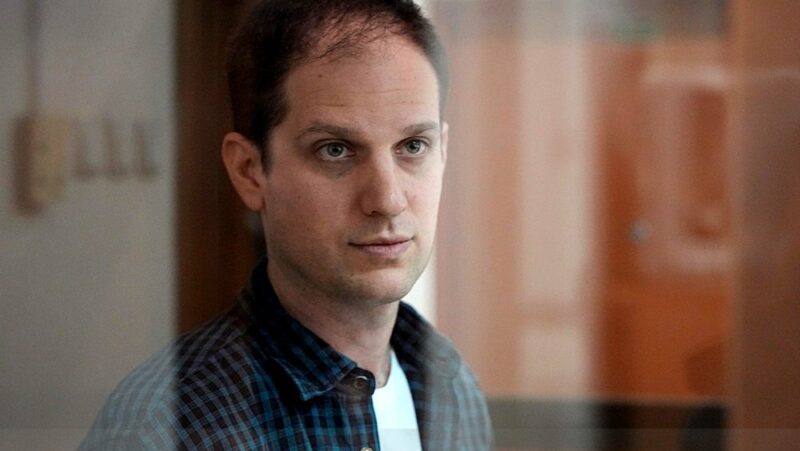‘More Speech, Not Enforced Silence’

At times, it is most tempting to censor speech or to call for the censorship of speech we don’t like, but before engaging in those impulses, we should consider Justice Brandeis’s time-honored message of “more speech, not enforced silence.”
A natural human response to harmful speech is to punish, silence or censor the speaker. After all, who wants to hear speech we consider overtly offensive, heinously hateful or insensibly ignorant. But when the government acts as punisher, silencer or censor, the First Amendment acts as a strong bulwark against these censorial instincts.
A better response to speech we dislike is to counter that speech with positive speech, to show why the speaker is wrong and offer a different viewpoint. This principle is a time-honored one in First Amendment law called the counterspeech doctrine.
Justice Louis D. Brandeis most memorably captured the essence of the counterspeech doctrine in his concurring opinion in Whitney v. California (1927). He wrote:
If there be time to expose through discussion the falsehood and fallacies, to avert the evil by the processes of education, the remedy to be applied is more speech, not enforced silence.
Time and again over the years, the U.S. Supreme Court and many lower courts have invoked the counterspeech doctrine as the preferred First Amendment remedy. For example, in United States v. Alvarez (2012), a case involving the federal prosecution of a man who lied about receiving military medals, Justice Anthony Kennedy wrote that “the remedy for speech that is false is speech that is true.”
Years earlier, Justice Thurgood Marshall invoked the counterspeech doctrine in Linmark Associates, Inc. v. Township of Willingboro (1977), invalidating a New Jersey municipal ordinance banning “for sale” signs in the midst of what city officials perceived to be white flight. Justice Marshall quoted Justice Brandeis’s famous passage in Whitney and added that the city could not ban the signs but could engage in the “processes of education” to promote integrated housing.
At times, it is most tempting to censor speech or to call for the censorship of speech we don’t like. But before engaging in those impulses, we should consider Justice Brandeis’s time-honored message of “more speech, not enforced silence.”
David L. Hudson Jr. is a First Amendment fellow for the Freedom Forum and law professor at Belmont University who publishes widely on First Amendment topics. He is the author of several First Amendment books, including “Let The Students Speak!: A History of the Fight for Freedom of Expression in American Schools” (2011), “The First Amendment: Freedom of Speech” (Thomson Reuters, 2012) and a 12-lecture audio course, “Freedom of Speech: Understanding the First Amendment” (Now You Know Media, 2018).
How a 40-Year-Old Supreme Court Ruling May Quash the Book Banning Wave
U.S. Journalist Evan Gershkovich Marks One Year of Imprisonment in Russia
Related Content
2025 Al Neuharth Free Spirit and Journalism Conference
All-Expenses-Paid Trip To Washington, D.C.
June 22-27, 2025
Skill-Building
Network Growing
Head Start On Your Future

